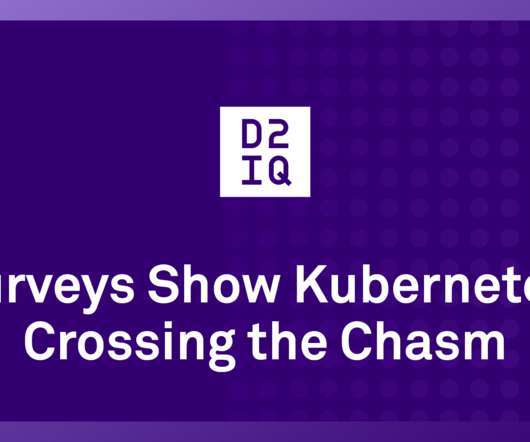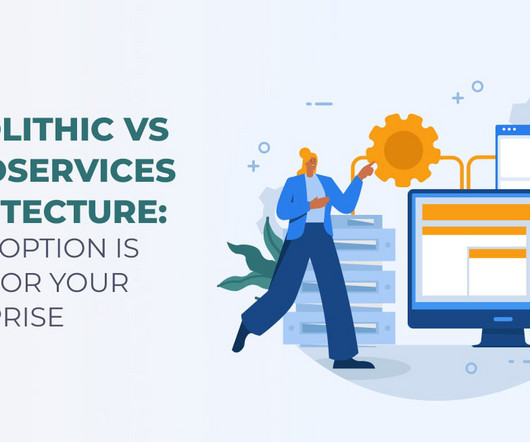Surveys Show Kubernetes Crossing the Chasm
d2iq
AUGUST 29, 2022
The adoption and maturation of Kubernetes has been rapid, driven by organizations moving to cloud-native infrastructures to modernize and gain agility. 2013, Google replaced Borg with Omega, a flexible and scalable scheduler for large computing clusters.
















Let's personalize your content